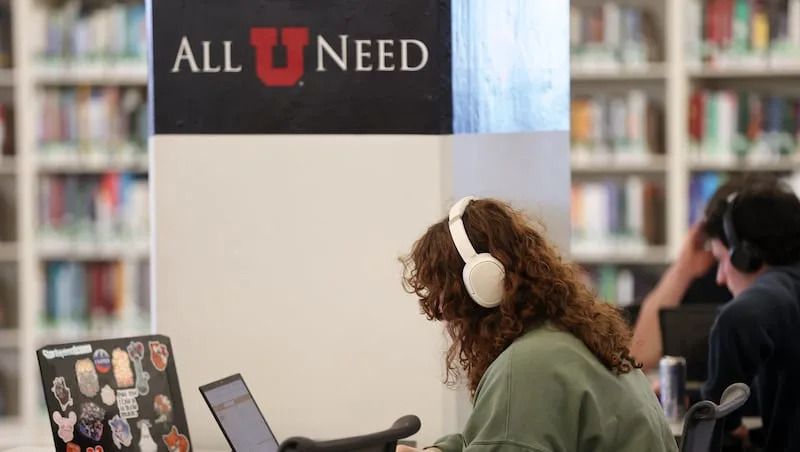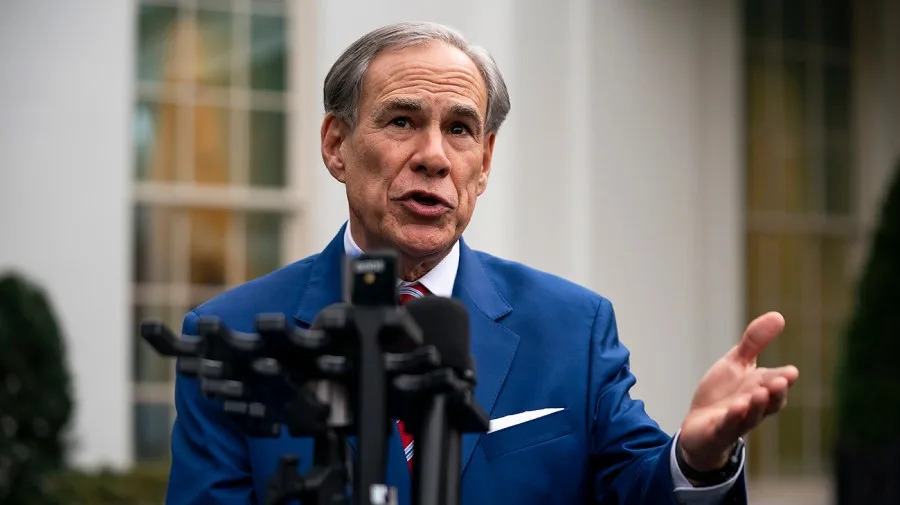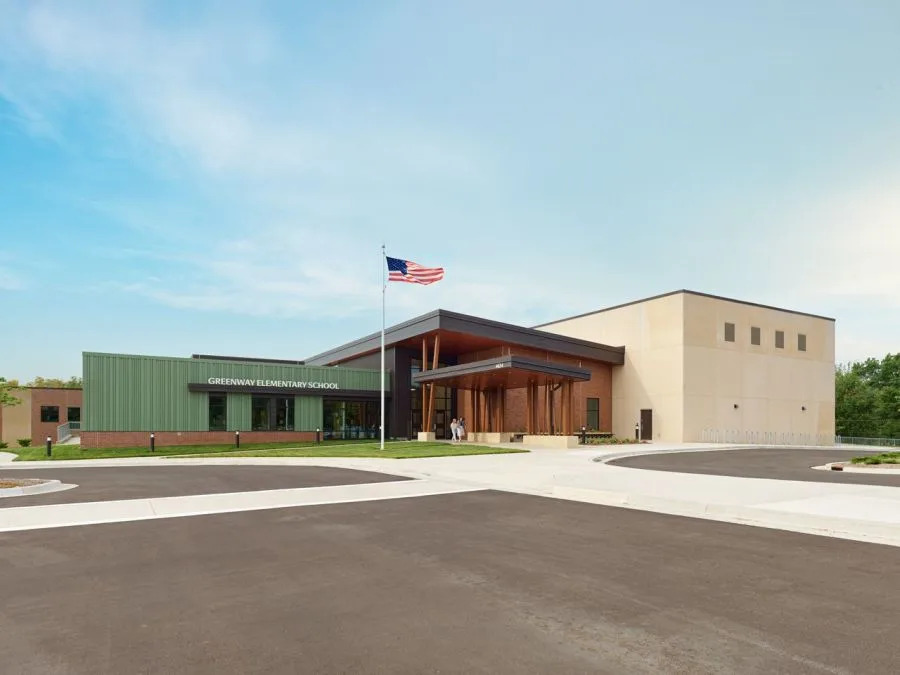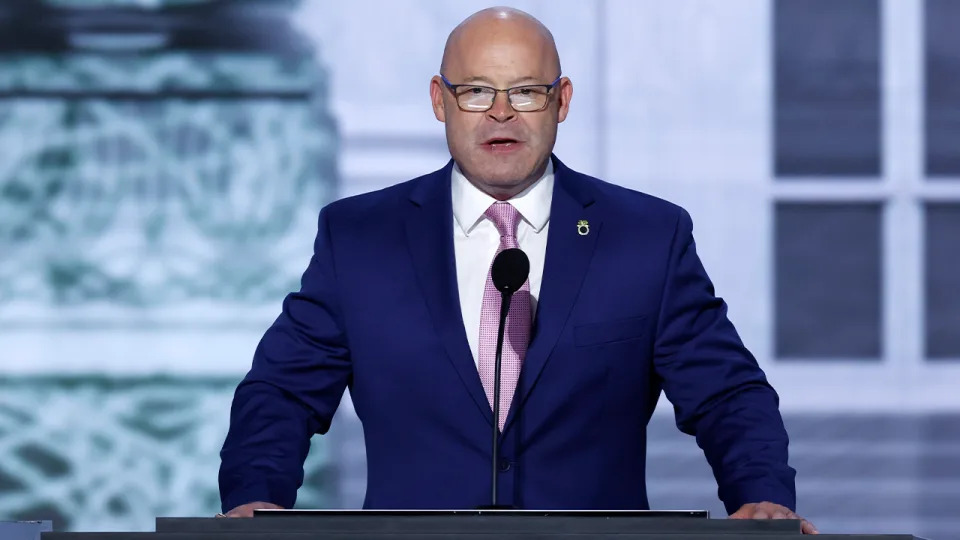
The University of Utah announced plans Tuesday to cut more than 80 courses and programs — ranging in academic fields from modern dance to mining engineering — as part of the strategic reinvestment process mandated by the Utah Legislature.
The Board of Trustees at the state’s flagship university approved the list of programs expected to be discontinued, pending approval by the Utah System of Higher Education and Utah lawmakers, according to a university release.
Earlier this year, Utah Gov. Spencer Cox signed into law House Bill 265 — the divisive “strategic reinvestment” legislation requiring the state’s eight public colleges and universities to reallocate millions to programs determined to be of highest value.
The University of Utah is being asked to absorb the largest HB265 reallocation burden: More than $19.5 million.
The state-imposed reallocation/reinvestment plans will occur over a three-year period. At least 30% of the reallocated dollars must be deployed by each school in fiscal year 2026. At least 70% in 2027. And 100% in 2028.
The finalized list of course/programs cuts at the University of Utah reflects HB265’s impact over a wide range of academic fields.
Proposed programs destined for the chopping block include graduate degrees, certificates, and undergraduate degree majors and minors.
Included in the “discontinued list” are a master’s degree in educational psychology, a doctoral degree in theater, a bachelor’s degree in German teaching, a masters diploma in marketing, a doctoral degree in experimental pathology, and a public administration certificate.
The university started the reallocation process by analyzing enrollment and graduation numbers for each of the courses and programs. This data-informed analysis started with programs that have had little to no recent enrollment or degree conferrals, according to the university.
“These decisions reflect careful consideration and consultation with college, school and departmental leadership,” Provost Mitzi Montoya wrote in a July 9 memo to academic leaders.
“We recognize the weight of these decisions and the importance of shared governance in managing this process with transparency and integrity. Thank you for your continued partnership in advancing the mission of the university and supporting a bold, student-centered approach to academic reinvestment.”
Last May, the university submitted phase one of its reinvestment plan to the Utah System of Higher Education.
University leaders have emphasized that the changes required under the bill are not happening in isolation, but as part of a broader transformation already underway through Impact 2030, according to the University of Utah.
“The phased approach is designed to ensure thoughtful implementation that strengthens the university’s momentum toward long-term goals while aligning with HB265’s priorities to improve completion rates and strengthen workforce readiness,” noted the release.
In a report to school trustees, University of Utah Academic Senate President Richard Preiss saluted senior leadership for undertaking this “arduous, time-sensitive task the right way — using data analytics tools that were put into place in anticipation of this scenario, collaborating with deans and department chairs to generate targeted cuts from the ground up, and trusting the shared governance process, even under unforgiving deadlines, to perform oversight and thereby build campus-wide consensus.”
Preiss concluded his report, noting: “We recognize that there will be further, more painful rounds of cuts and restructurings, but we hope this can serve as a precedent and model.”
Meanwhile, University of Utah students enrolled in sunset-proposed programs will receive support with “clear, timely pathways to degree completion (so-called ‘teach out’ plans),” Montoya wrote.
Some students may be referred to academically appropriate alternatives.
Why 2025 is proving a historic year for the 175-year-old institution
Tuesday’s course/program cut announcement is the latest chapter in a historic and sometimes painful year for the University of Utah — which is commemorating its 175th anniversary.
In February, Manish Parashar was appointed the University of Utah’s inaugural chief artificial intelligence officer, who was hired to navigate the university through its various AI initiatives.
Then in March, the school announced it was exploring alternative sites for the storied Jon M. Huntsman Center.
Relocating the 56-year-old arena is part of a larger discussion of what the University of Utah will look like in the future as it transitions from a traditionally commuter campus to more of a residential “destination’ campus, while enhancing its “college town magic.”
University of Utah President Taylor Randall announced in April that the school will award credit hours for students with off-campus service experience — including returned missionaries. Military vets and students who participated in service-oriented programs such as the Peace Corps would also be eligible.
And last month, the university reported that the Trump administration’s proposal to significantly cut medical research funding at American colleges could cost the school $110 million annually — while severely impacting the school’s ability to fulfill its research endeavors.








Comments